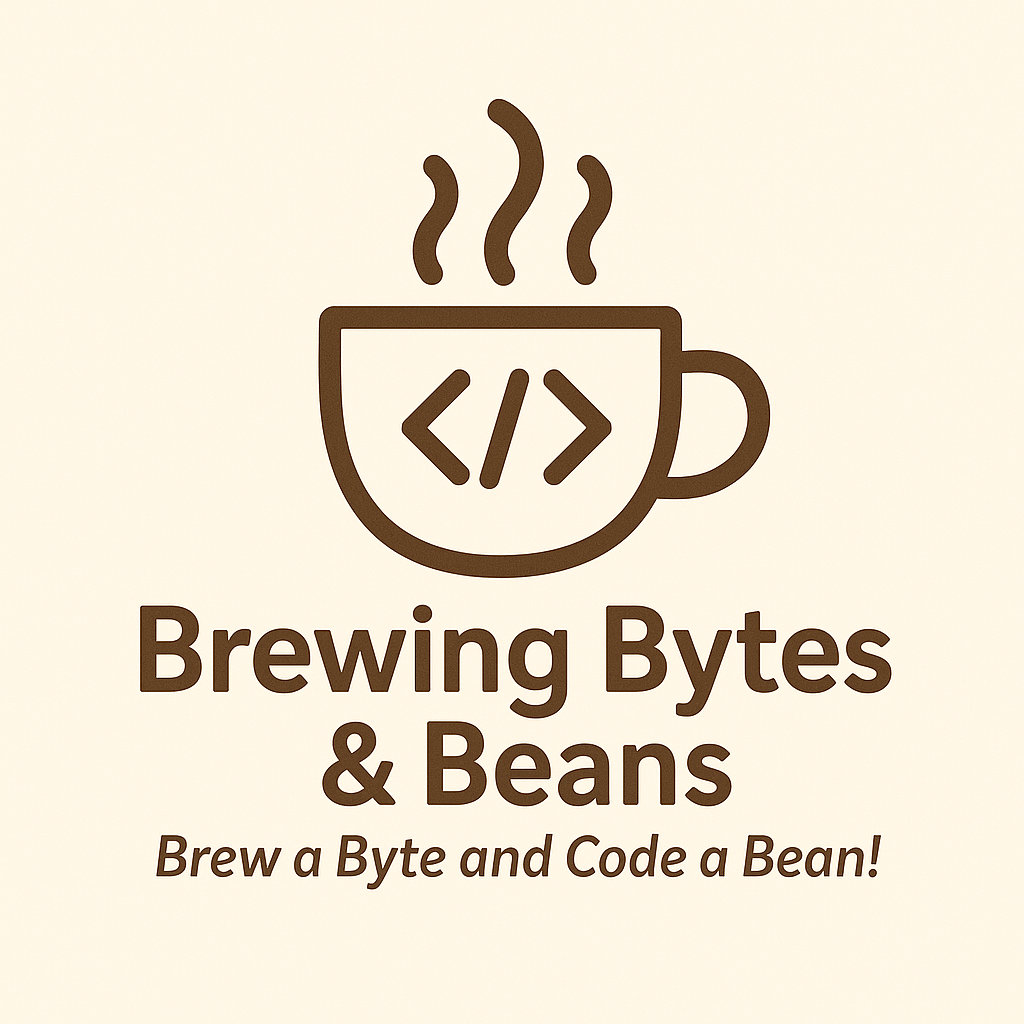JavaScript and Java Beans: Farming with Technology and Caffeine
Picture this: It's 6:00 A.M. The roosters haven't woken up yet, but I am—coffee in one hand, a laptop in the other, and the distinct buzz of fiber internet streaming data at speeds that would make my city self-hosting days jealous.
When I moved to the farm, I expected to trade in servers for shovels and fiber optics for fences. Instead, I discovered the wonderful intersection of technology and terra. Self-hosting is just as simple, if not easier, out here. With dependable electricity, faster-than-expected internet, and a few cups of dark roast magic, I'm diving headfirst into a new type of tech nirvana.
From Fiber to Fowls: Adventures in Farm Tech
First, let's talk about FarmOS. In essence, this self-hosted tool is the farm manager I was unaware I needed. Planning a crop? Completed. Monitoring livestock? You wager. It seems as though my farm has its own AI-powered assistant when combined with a variety of smart sensors that I've been experimenting with. I'm developing specialized sensors to monitor temperature, humidity, wind speed, and possible storm fronts for the quail coops and chicken barn. They are do-it-yourself sensors that require soldering, equal parts coding, and "oh no, that smoke wasn’t supposed to happen."
And believe me when I say that having fiber internet makes it completely different to keep an eye on farm animals. I have several cameras, motion sensors, and thermal imaging in my expanding "digital barnyard." I'll be informed if anything moves in the chicken run at 2:00 AM. What if one of the quail decides to break in? Before the feathers settle, my phone buzzes.
Predicting Weather Like a Pro (or Close Enough)
On a farm, you quickly realize how much your day is influenced by the weather. Hyper-localization is what I'm doing with my smart weather sensors. I'm committed to map my farm's unique microclimate, so forget about regional projections. I'm beginning to outpredict the local news in terms of weather changes using a combination of open-source tools and data points like temperature, barometric pressure, and wind direction. (All right, so it's a low bar.)
The Brewed Awakening
Technology and tools aren't everything. On certain mornings, I enjoy my coffee while I watch the data come in. According to my sensors, the quail eggs are incubating at a perfect 99.5°F, the garden is hydrated, and the chicks are content. Like the farm's digital heartbeat, the hum of the server rack in my office is almost peaceful.
As I take that final, delicious drink, I'm reminded that this fusion of technology and farming is about more than efficiency; it's about establishing a place where innovation and nature coexist, allowing a farm to prosper in the twenty-first century without losing its essence.
Please pardon me while I replenish the coffee pot. I have a sensor prototype that is beckoning. Who would have thought farm life could be so buzzed and wired?
